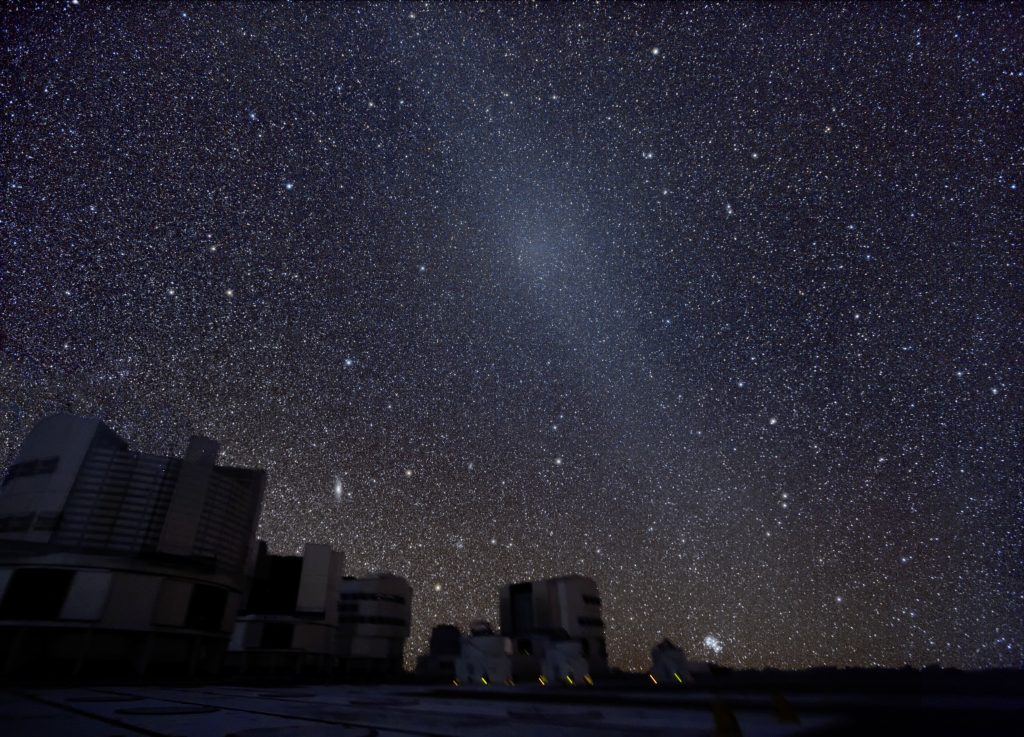Ara, A Southern Delight

Ara may be small and it may not compete well with its magnificent neighbours, Scorpius and Sagittarius, when it comes to objects big and bright and abundant… but it really is an astronomer’s delight, for it offers something special for everyone.
Pişmiş Catalogue of Open Clusters (1959)

The twenty four Pişmiş open clusters make a delightful observing project. A few of them are exquisitely bright and delicate, others appear as tiny glints of stars mingled with a faint hazy glow of unresolved starlight, and yet others appear as little more than a faint and tantalizing mistiness.
Bochum Open Clusters (1975)

All but two of the fifteen Bochum open clusters reside in the southern hemisphere and can be found along our summer Milky Way in Gemini, Monoceros, and Puppis, with a couple in our rich winter Milky Way constellations Scorpius and Sagittarius.
The Fabled Zodiacal Light

In the pre-dawn sky this morning the zodiacal light was a huge, tapering pyramid of shimmering silvery light stretching up almost 50° into the heavens; its core glowing brightly enough to extinguish many of the fainter stars within it.
Clyde Tombaugh’s Two Southern Open Clusters (1938)

The two southern clusters discovered by Clyde Tombaugh in 1938 may be very small and they may be very faint – but what a delight to observe the two southern clusters discovered by the extraordinary young man who discovered Pluto.
A Desert Scorpion

This morning, after a night’s observing, I cooled down with a cup of tea and watched Scorpius scuttle up from the eastern horizon. What a spectacular southern hemisphere constellation Scorpius is.
The Ghostly Gegenschein

Owing to the encroachment of light pollution, sighting the gegenschein has almost become mythical and certainly makes me appreciate what an immense privilege it is to be observing under skies so dark and transparent that one can see faint, diffuse, oval glow around midnight.
Spectacular Gamma Velorum

Shining at magnitude 1.78 with a hot blue-white light, Gamma Velorum is nothing less than spectacular. Located about 840 light years away, it is a complex multi-star complex that contains the nearest Wolf-Rayet star to Earth.

